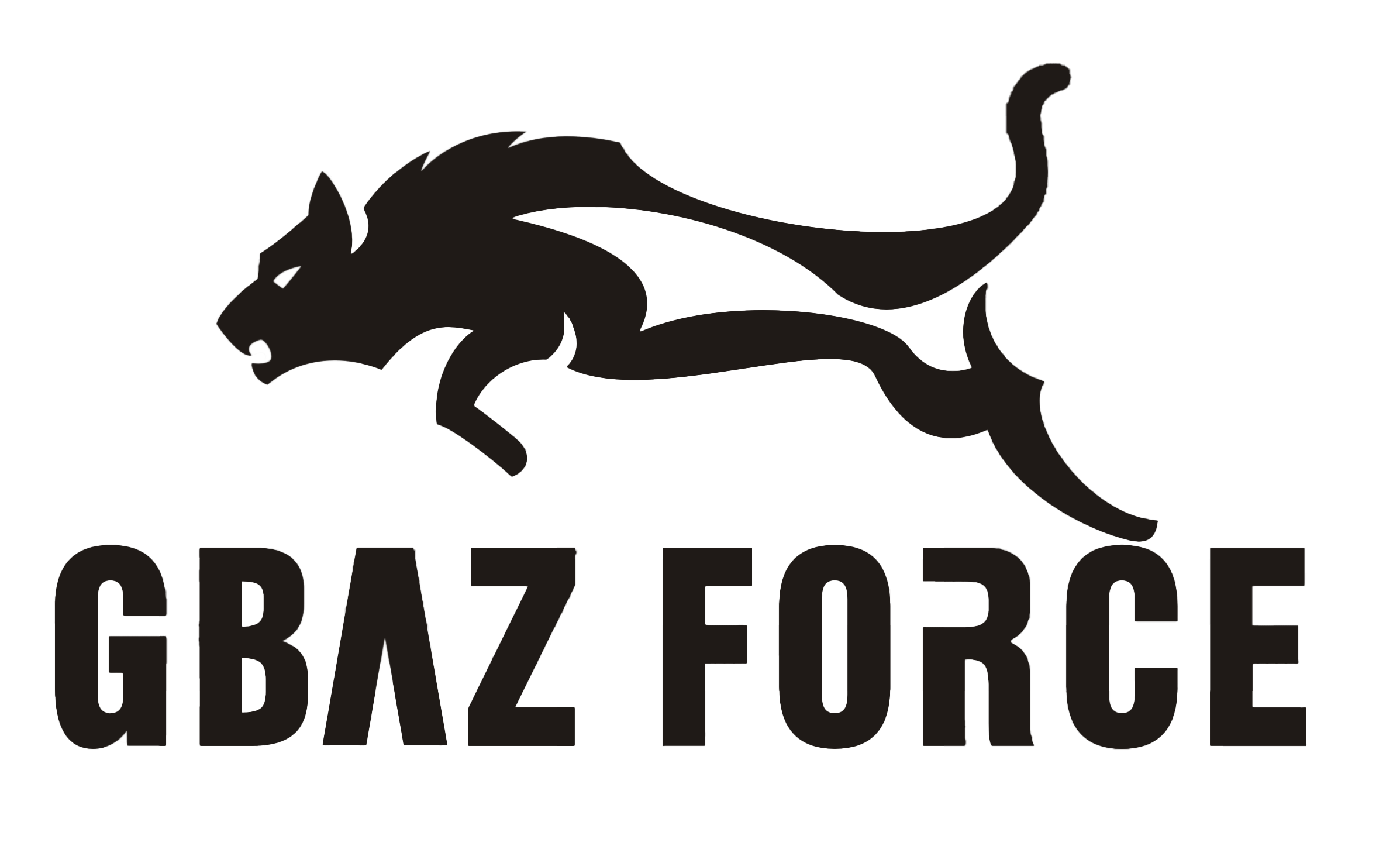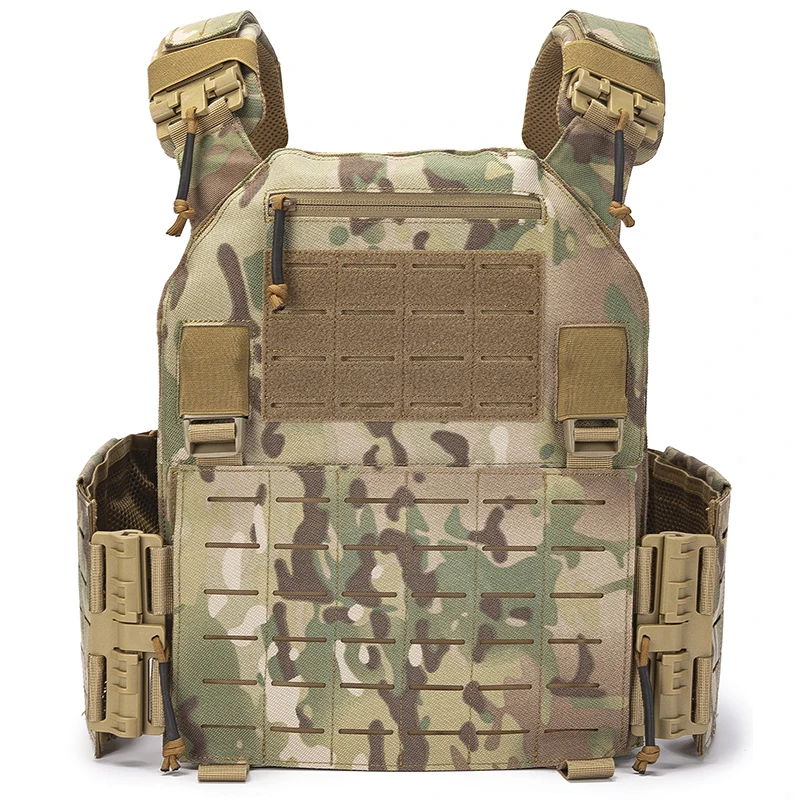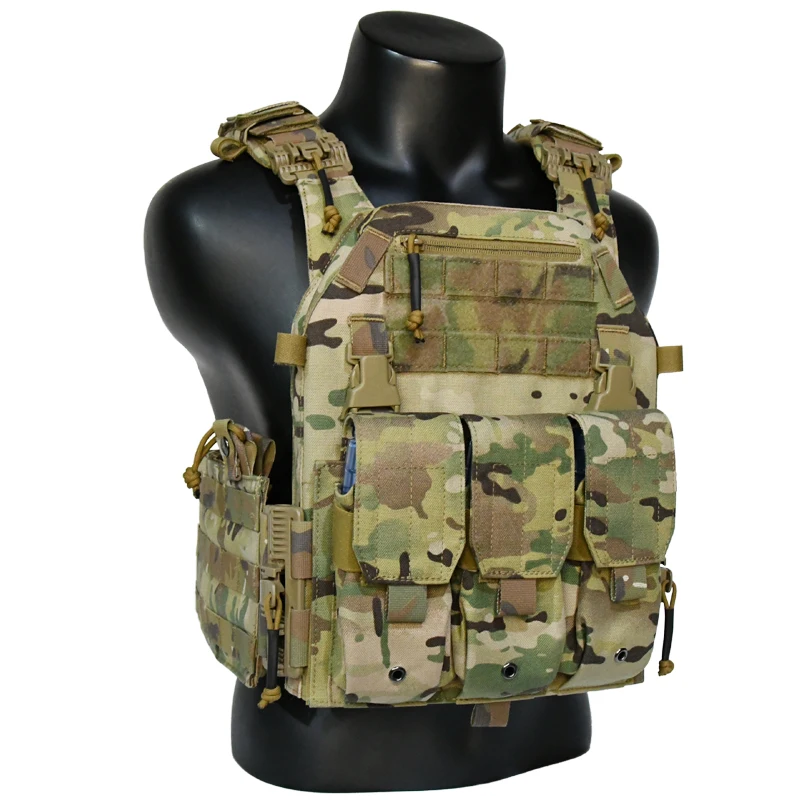Tactical Gear
PRODUCTS
Tactical Vest Guide For Law Enforcement and Military
Understanding Ballistic Protection Levels
Tactical vests offer varying levels of ballistic protection, categorized according to their ability to withstand different threats. These levels are typically defined by standards set by organizations such as the National Institute of Justice (NIJ) in the United States. Understanding these levels is critical in choosing a vest appropriate for the specific threats encountered. For instance, a vest designed for patrol officers might offer a different level of protection than one worn by a SWAT team member facing high-velocity rounds. This understanding directly impacts the vest’s weight and overall comfort, demanding a careful balance between protection and mobility.
The level of protection also dictates the type of ballistic material used. Common materials include Kevlar, Spectra, and Dyneema, each offering different levels of strength, flexibility, and weight. The choice of material is often a compromise between weight, protection, and cost. Higher protection levels generally involve heavier, more expensive materials.
Modular Design and Customization
Modern tactical vests are rarely monolithic pieces of equipment. Instead, they often employ a modular design, allowing for customization based on individual needs and operational requirements. This modularity allows users to add or remove pouches, plates, and other accessories, adapting the vest to specific missions or situations. For example, a medic might add pouches for medical supplies, while a bomb disposal technician might integrate specialized tools.
The customization options are extensive. Users can select pouches for ammunition, radios, medical supplies, or other essential equipment, ensuring that everything is readily accessible. The ability to tailor the vest to the individual user dramatically enhances efficiency and reduces stress in dynamic situations.
Comfort, Fit, and Wearability
While protection is paramount, the comfort and fit of a tactical vest are equally crucial. A poorly fitting vest can restrict movement, cause discomfort, and even impair performance. Proper fit ensures the ballistic panels are positioned correctly for optimal protection and minimizes discomfort during prolonged wear. The vest’s weight distribution is a key factor, with well-designed vests distributing the weight evenly to prevent strain and fatigue.
Factors like the vest’s adjustability, breathability, and the use of comfortable materials greatly impact the user's overall experience. A comfortable vest encourages longer wear times and reduces the physical strain on the wearer, improving both safety and operational readiness.
Maintenance and Care
Regular maintenance is essential to ensure the long-term effectiveness and lifespan of a tactical vest. The ballistic panels should be inspected for any signs of damage, such as punctures, tears, or degradation. The vest’s stitching and buckles should also be checked regularly for wear and tear. Proper cleaning is also vital, following the manufacturer's instructions to avoid damaging the ballistic materials or the vest's components.
Storage plays a crucial role in the vest’s longevity. Proper storage conditions, such as avoiding exposure to direct sunlight and extreme temperatures, can significantly extend its lifespan. Regular inspections and maintenance not only ensure the vest remains effective but also enhance the safety of the user.
Choosing the Right Tactical Vest
Selecting the appropriate tactical vest is a critical decision. The choice depends on several factors, including the anticipated threat levels, the user's specific role, and the operational environment. Careful consideration of factors like weight, comfort, modularity, and ballistic protection level is essential to make an informed choice. Consulting with experienced professionals and reviewing manufacturer specifications is highly recommended.
Ultimately, the right tactical vest ensures optimal protection, comfort, and operational effectiveness, offering peace of mind and enhancing the safety of law enforcement and military personnel in demanding situations.
SUBSCRIBE
INQUIRY










